During my last trip to Miami before the recent peaks in COVID cases, I took a flight on a seaplane with a couple of friends to explore the wonders of Miami’s spectacular coastline. Emerald waters with sandy beaches and luxury high rises side by side offers the most captivating panorama landscape that could fill your eyes. The wow factor of taking off from the water into the sky where you can still smell the ocean as you are climbing up towards the clouds is indescribable. My memories and photos will have me yearn to do this again and again and again.
It is almost impossible to describe the magnificence of this amazing body of water and coastline that offers so much to Florida’s economy( not even my photos can do that). Yet, in the next 80 years, rising sea levels will swallow a significant portion of Miami and its sandy beaches.
Why No one Talks about Seaplanes Anymore
Before I go on about the swallowing of the Miami coastline, I do want to share a bit about seaplanes. These small planes that carry up to four passengers are able to take off, land, and float in the water, less noisy than helicopters and just as fun. Large seaplanes were immensely popular during World War II and thereafter until the building of airports caused their decline and are now mostly chartered for private trips and tours. They are great for island hopping, where airports may not be as accessible, offering a more personal touch.
The Miami Seaplane Tour company is a family business that offers a variety of tours as far as Key West if you are looking for a uniquely wow experience. We took a one-hour unforgettable seaplane tour flying by Miami’s stunning skyline of mind-blowing architecture, modern glass skyscrapers that sparkle against the Biscayne Bay’s pristine body of aquamarine water even on a cloudy day. Viewing it from the sky leaves you both breathless and marveled at what man and Mother Nature can do together, even as rising sea levels will eventually and drastically change this unique coastline.
The Swallowing of the Miami Coastline
As a coastal city, Miami is considered one of the most vulnerable in the world as rising sea levels are now 6 inches higher and expected to escalate in the next two decades, affecting most of the Florida Coast.
By 2040, it is anticipated that rising sea levels will be a foot higher, making “sunny day flooding” an everyday reality in many coastal communities in Miami. Even though efforts are underway to raise roads, install pumps, build higher seawalls, it may not be enough unless the world courageously tackles climate change. Rising sea levels increase the frequency and intensity of hurricanes that are becoming a familiar threat throughout the world and are now part of Florida’s vulnerability.
Simultaneously, the South Florida real estate market, especially in Miami, is “booming.” Miami coast developers continue to build high rise luxury condos and waterfront homes that are being snapped up by high worth individuals seeking tax-free investments where they can park their money and enjoy their wealth now. Real estate developers are in total denial of the unlivable conditions caused by rising sea levels to the average resident and worker. They strive to build skyscrapers with little regard to what may happen 80 years from today. Essential workers are crucial in the day-to-day running of a city yet are gradually being priced out, even in marginal neighborhoods. In fact, Miami was ranked as the 11th least affordable city in the US. Yet, plans are already in the making by real estate developers seeking opportunities in communities of color as the next frontier… and so begins an increasing type of migration that over time will play a significant role in how generations decide where they can afford to live and work known as — “climate migrants.“. As more islands and coastal areas disappear, taken over by rising sea levels throughout the world, migration will become one of the most political and divisive issues that all nations will need to come to terms with.
As a community development practitioner, this deeply saddens me. As someone who loves to travel, I am many times conflicted about the good and bad of tourism. I recognize its power to change lives yet destroy the historical fabric of communities. I don’t know what the answer is. For now, raising awareness of these issues is the least I can do, although it is not enough.
My photos are of the Miami coastline taken from the sky in a seaplane (of course). I encourage those who are not scared of heights to consider adding this to their bucket list. It is a worthy investment.
Click the center of the photo to see the full view.
“For more stories and photos like these, please click here to subscribe!“






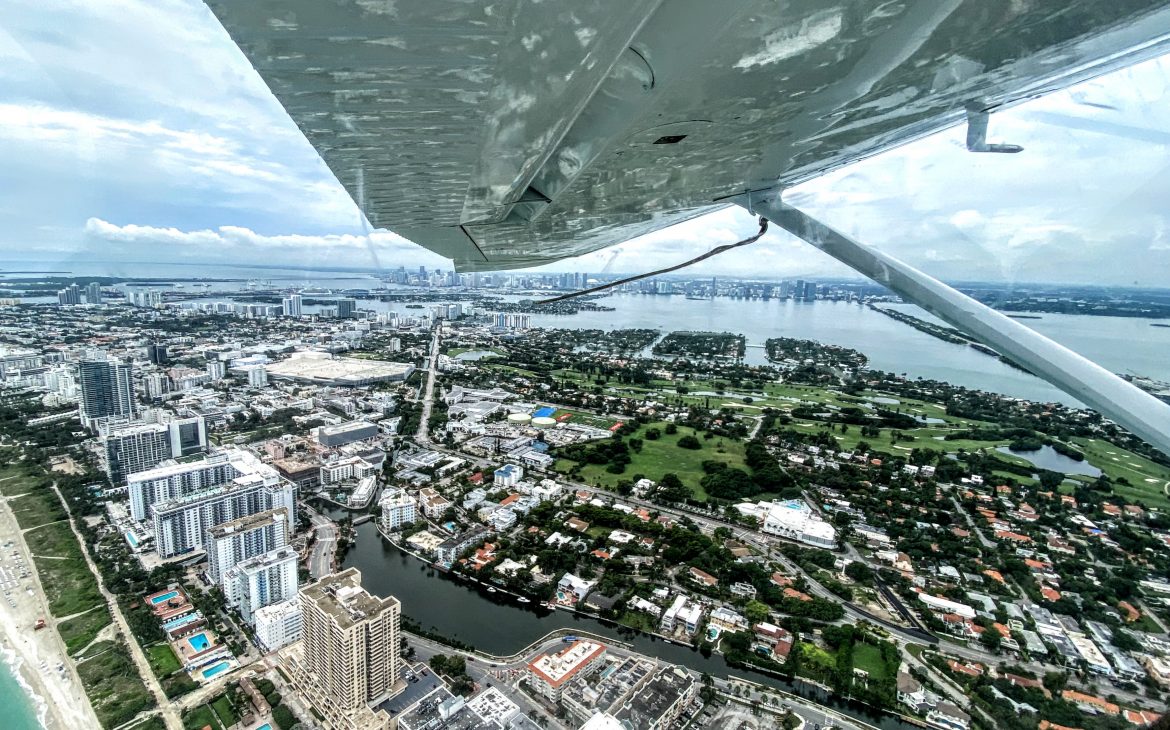
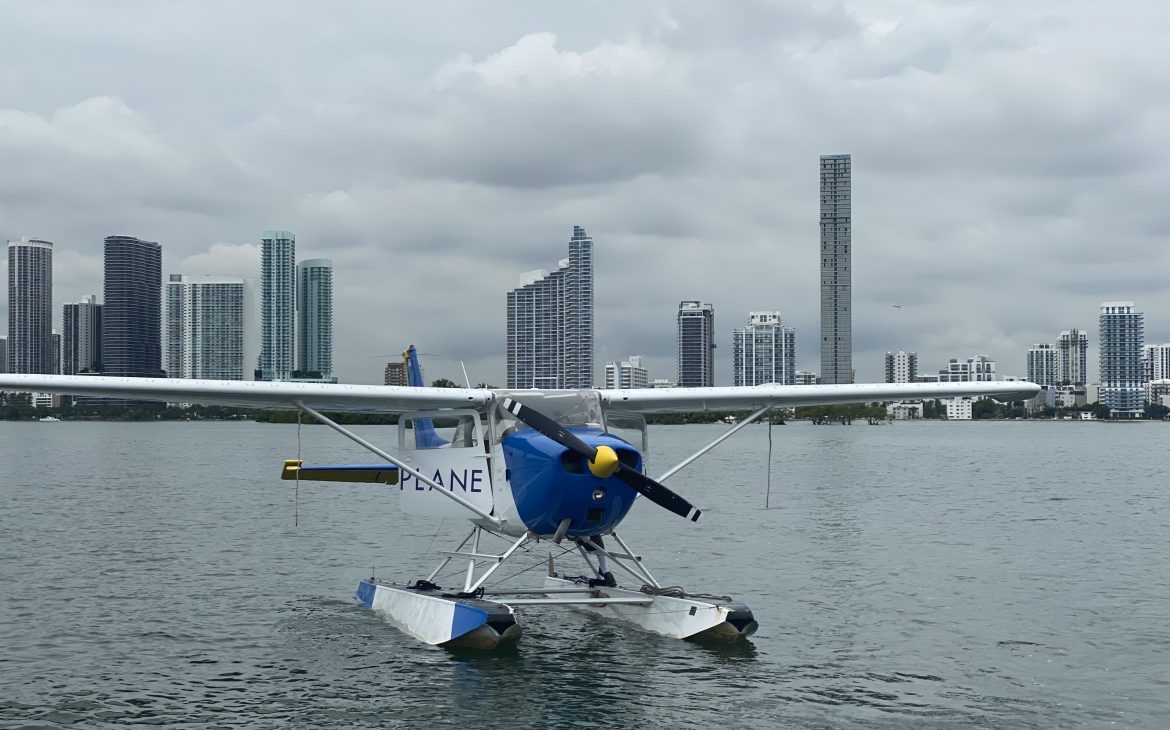
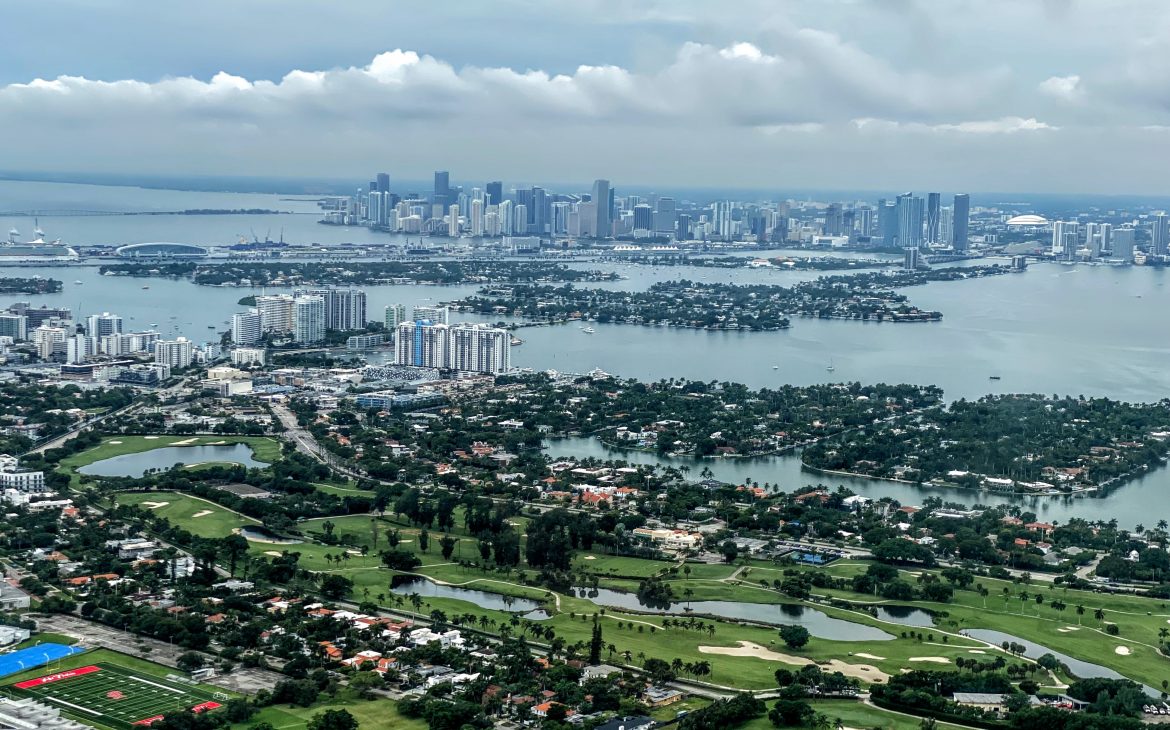
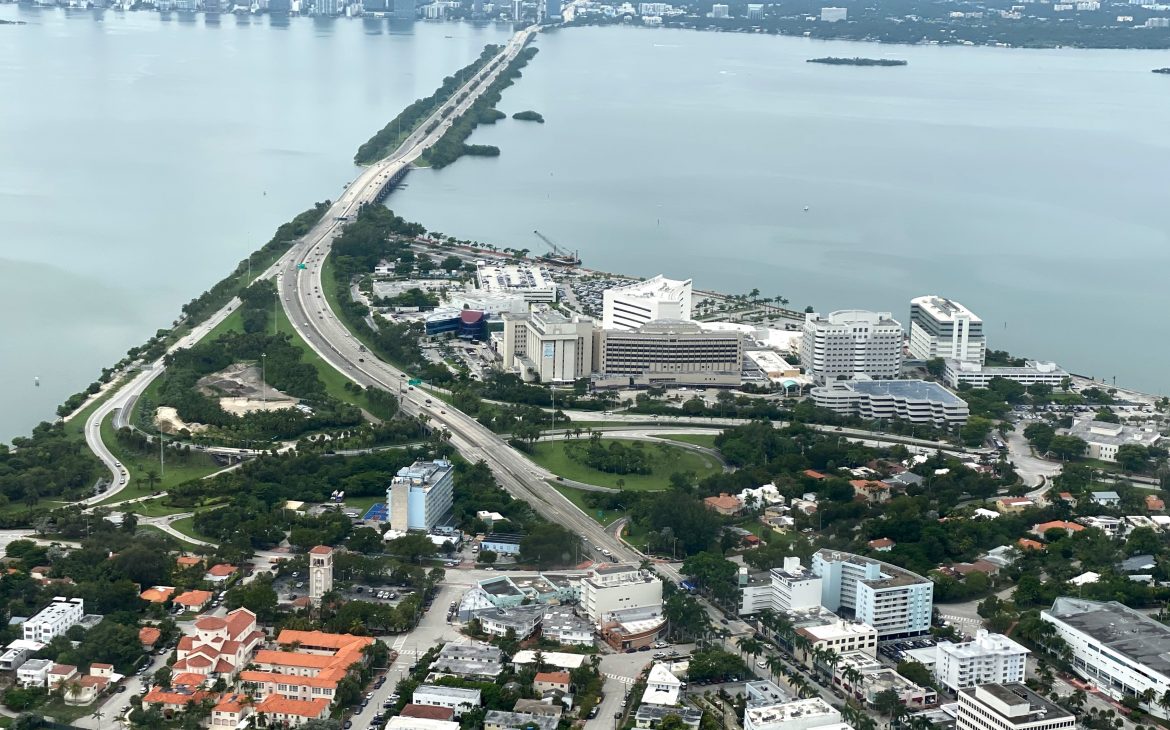

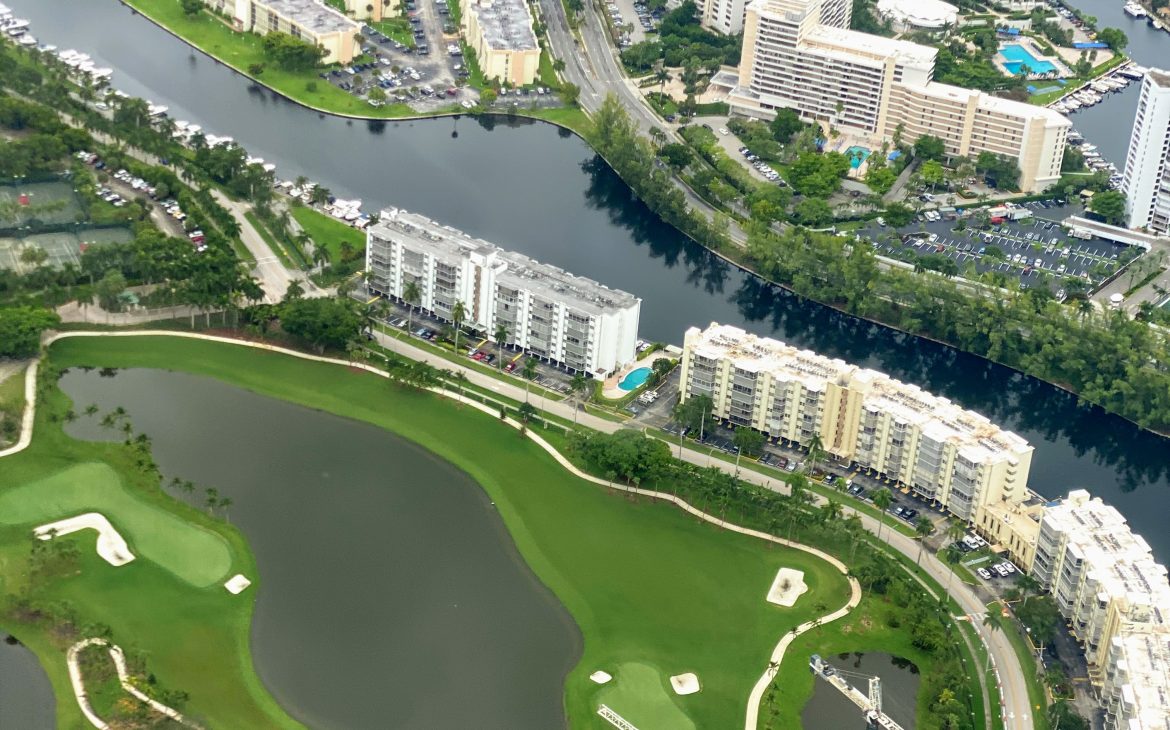
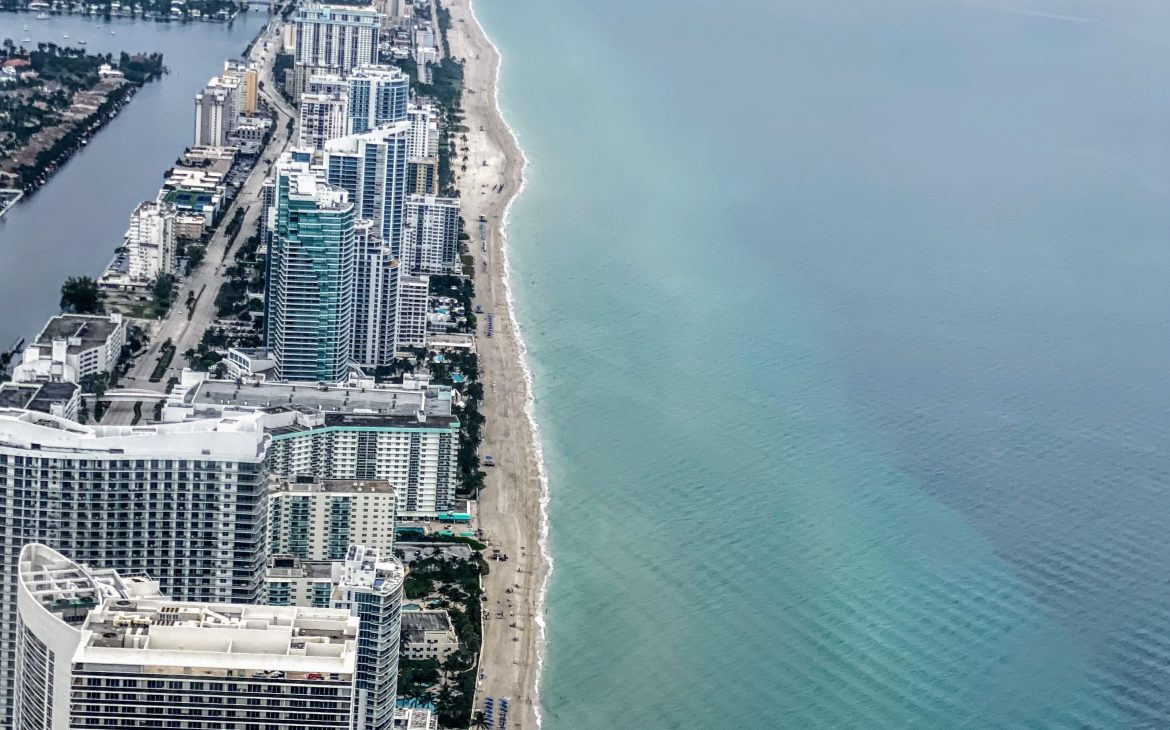
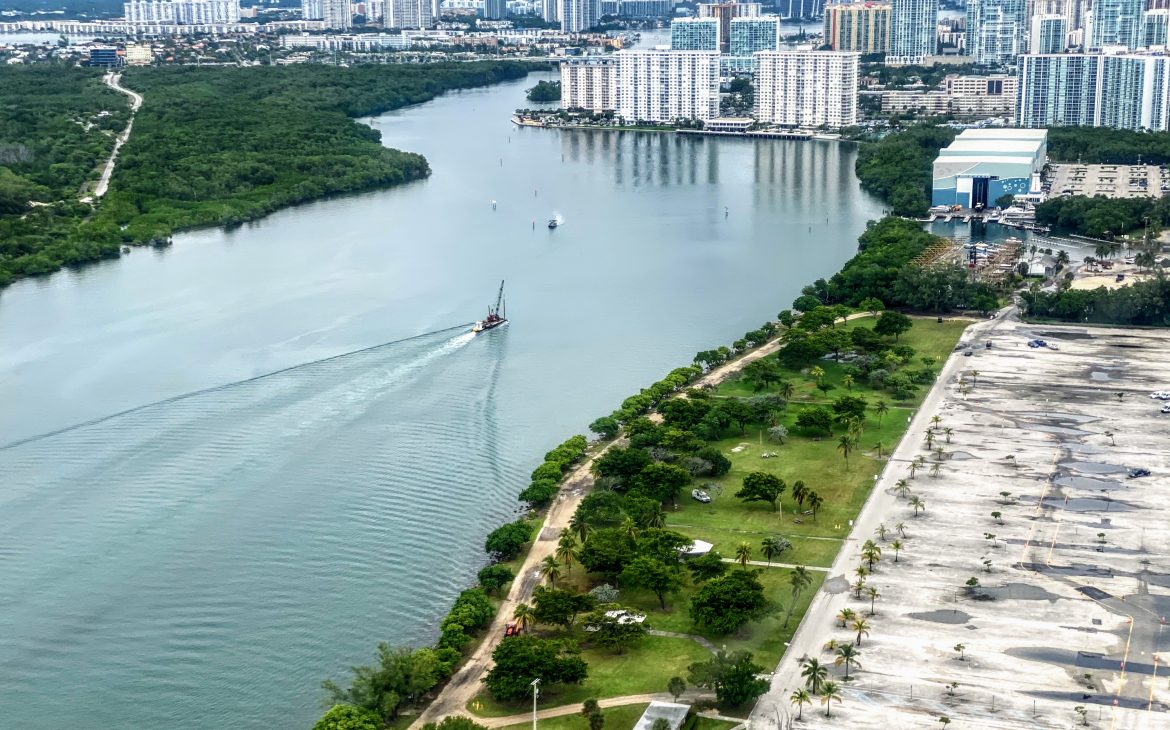
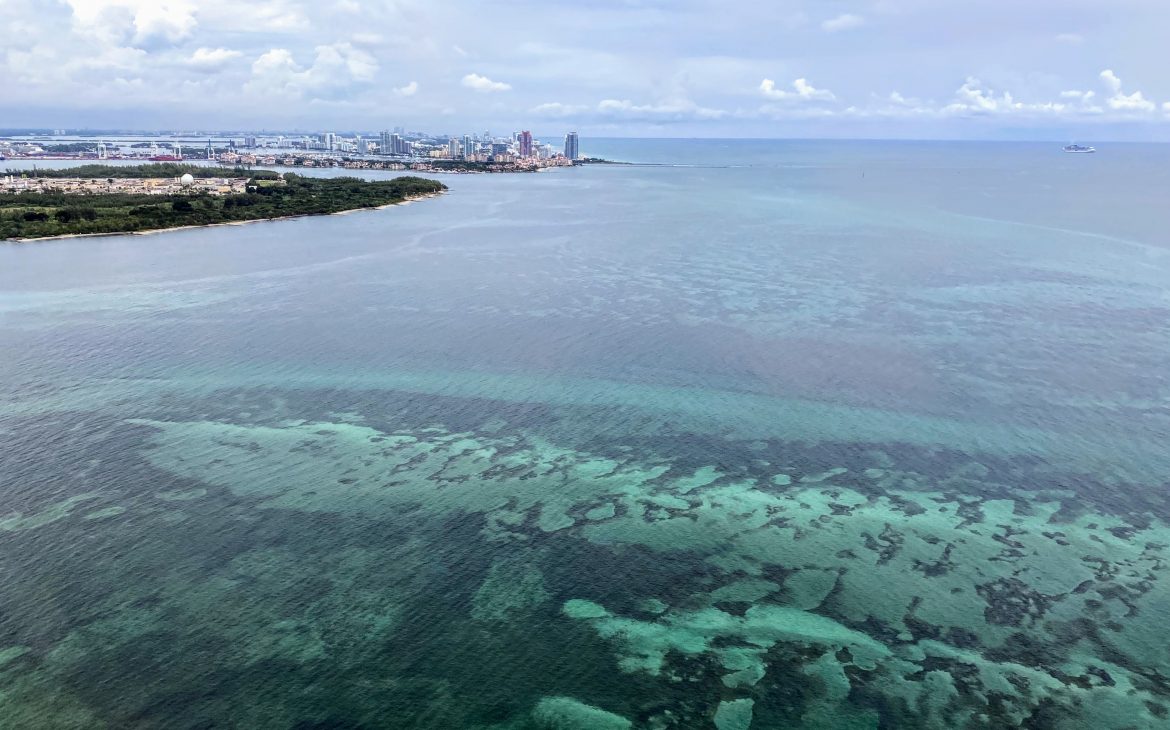
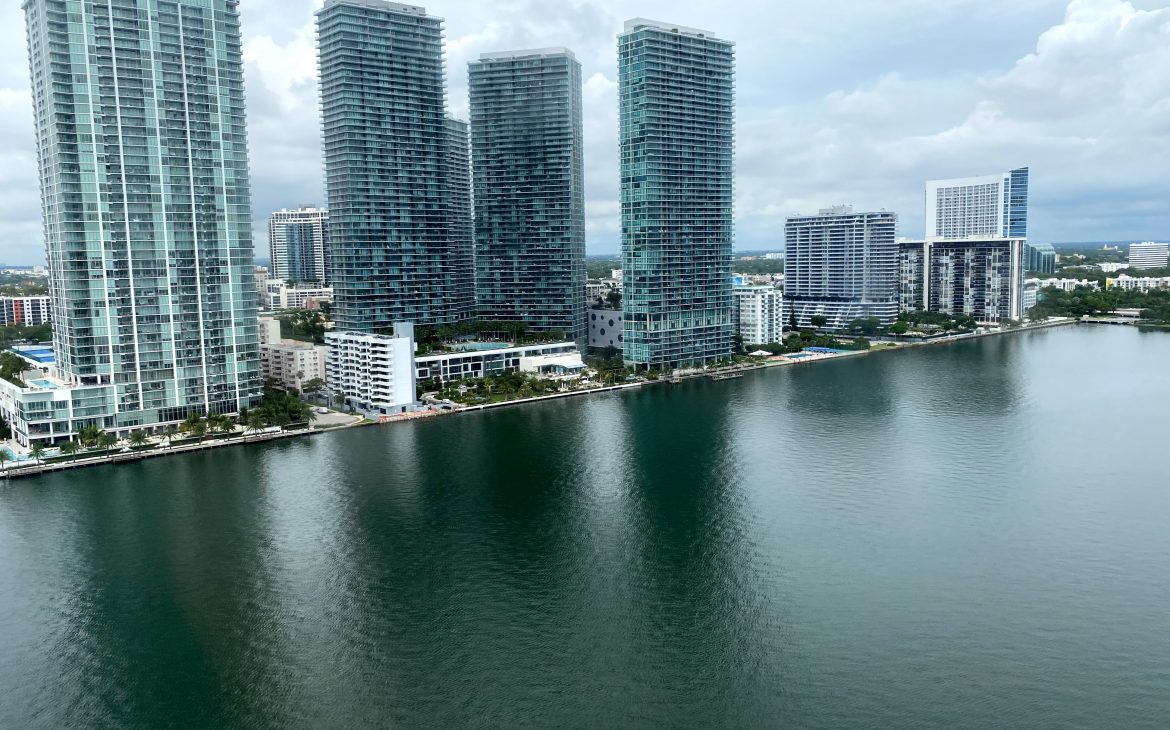
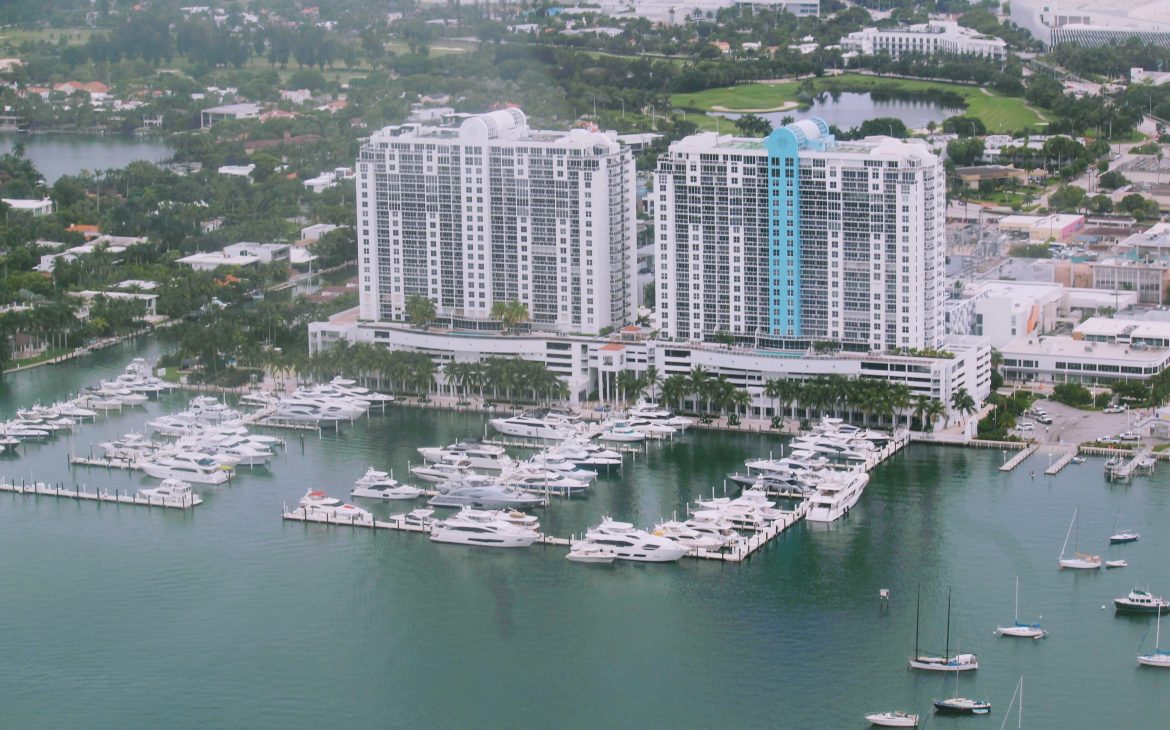
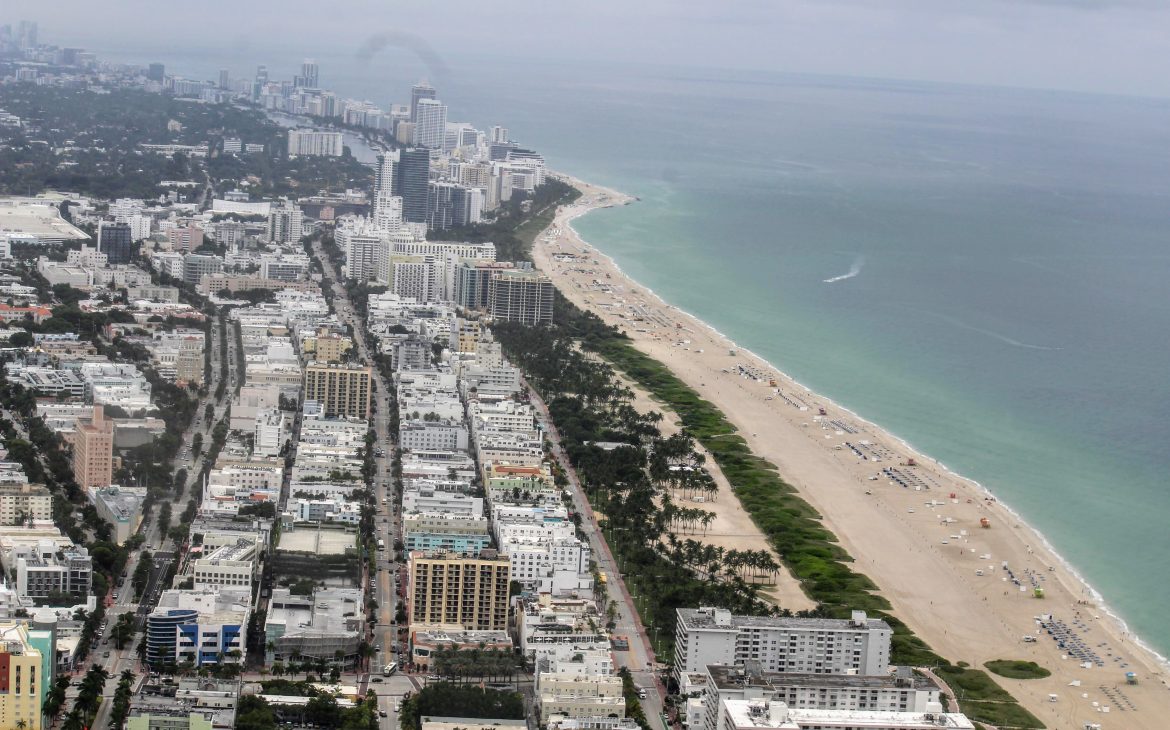
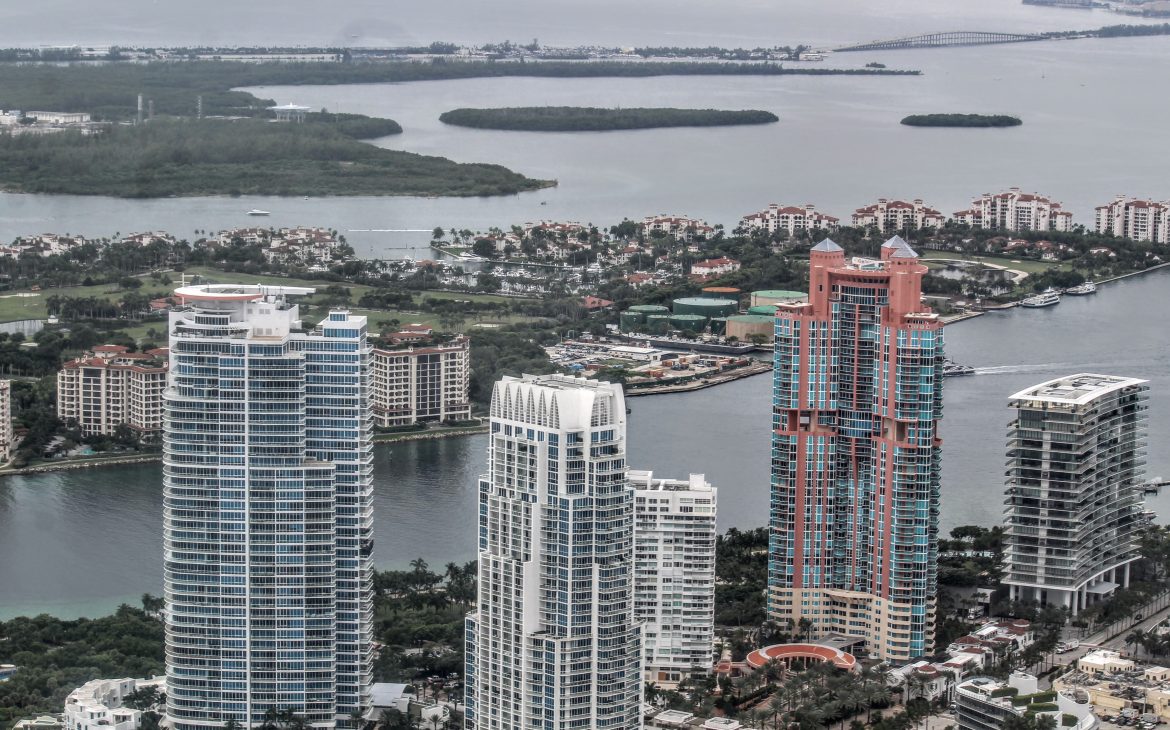
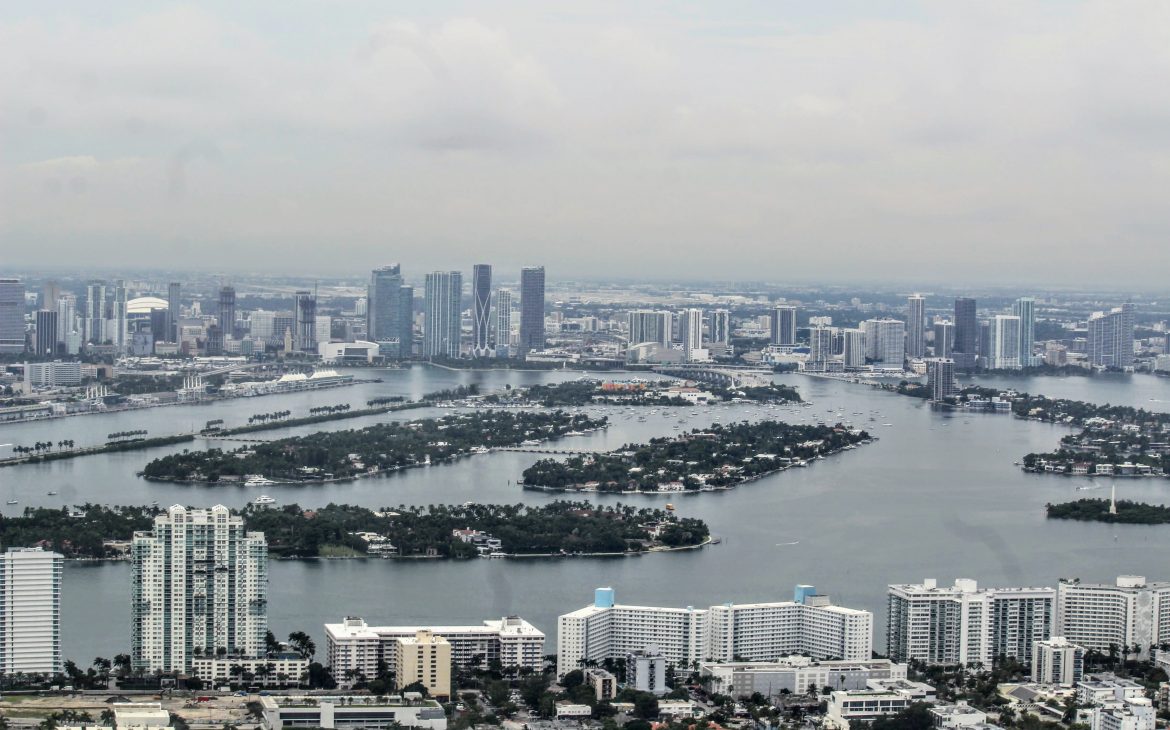
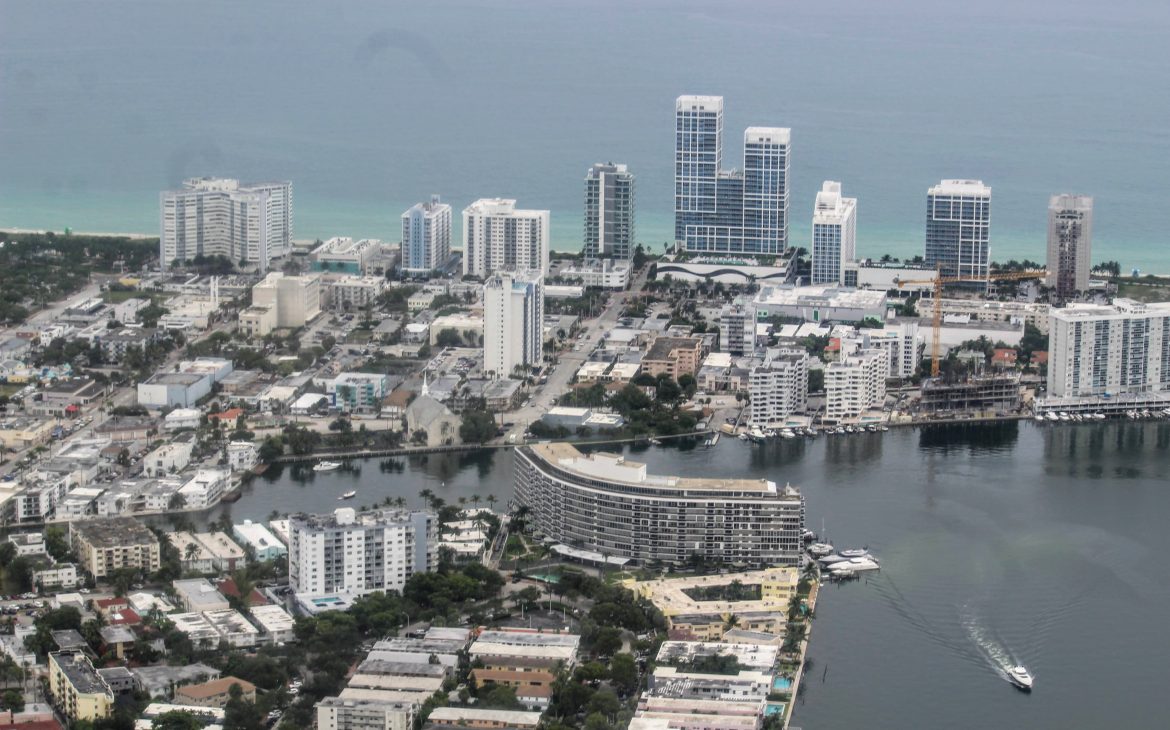
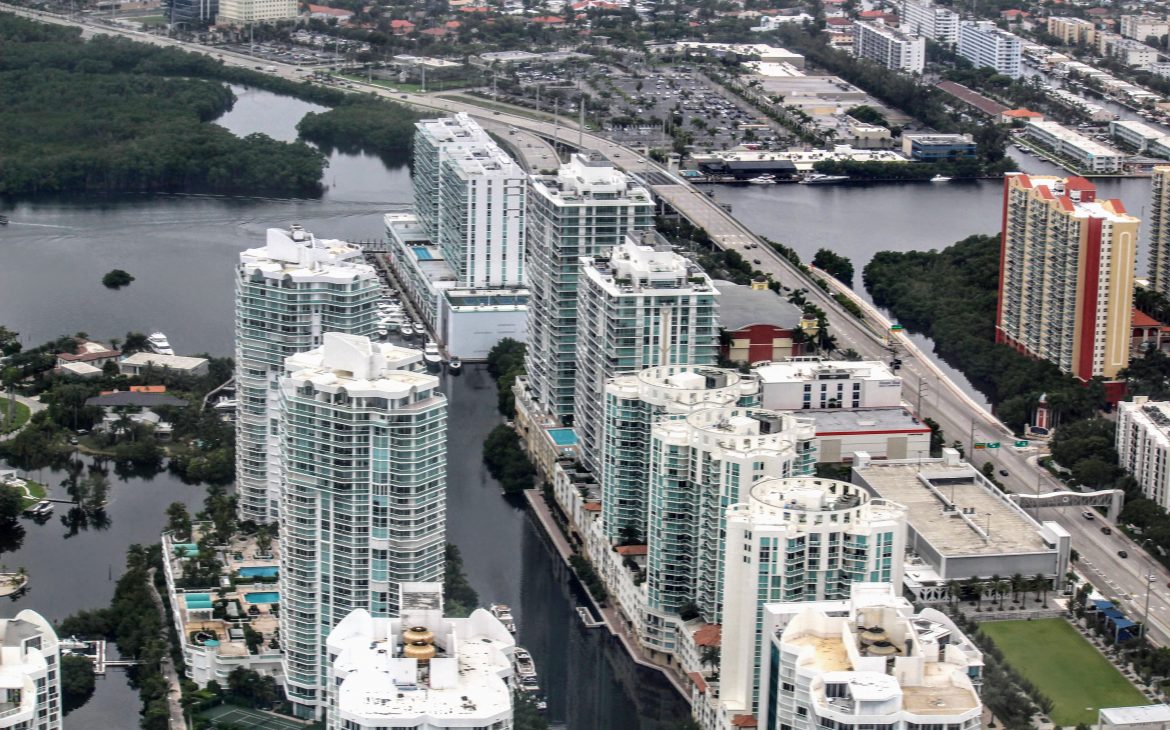
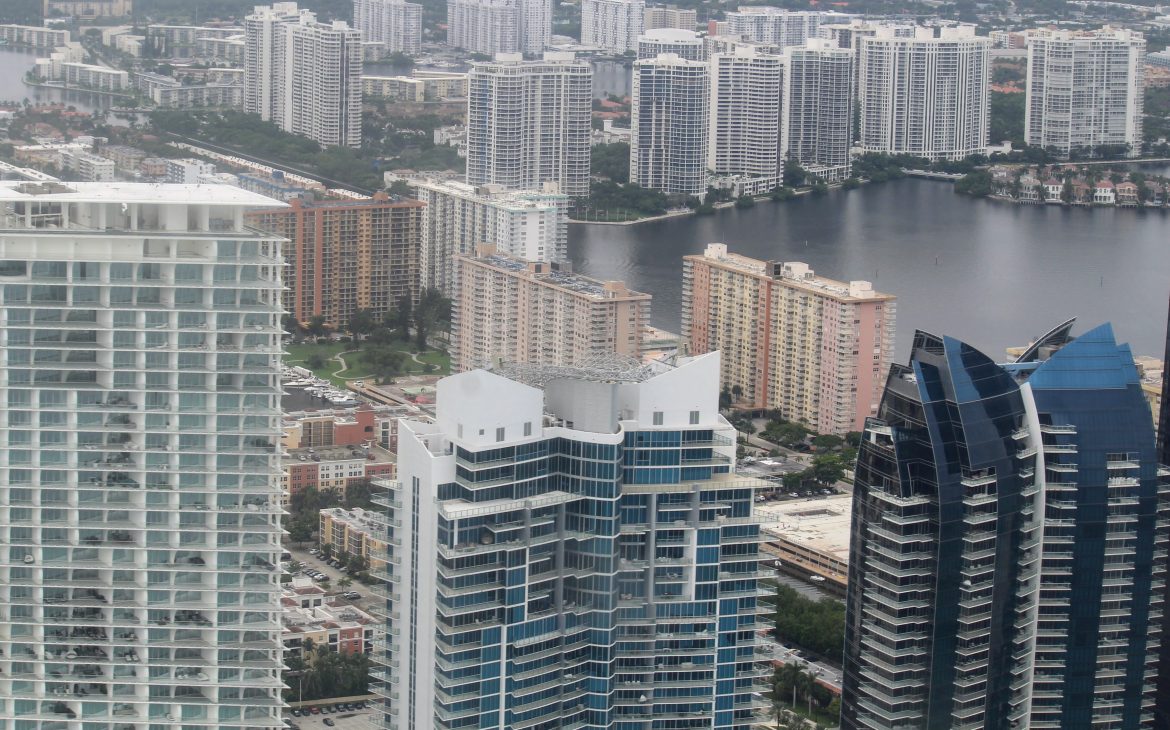
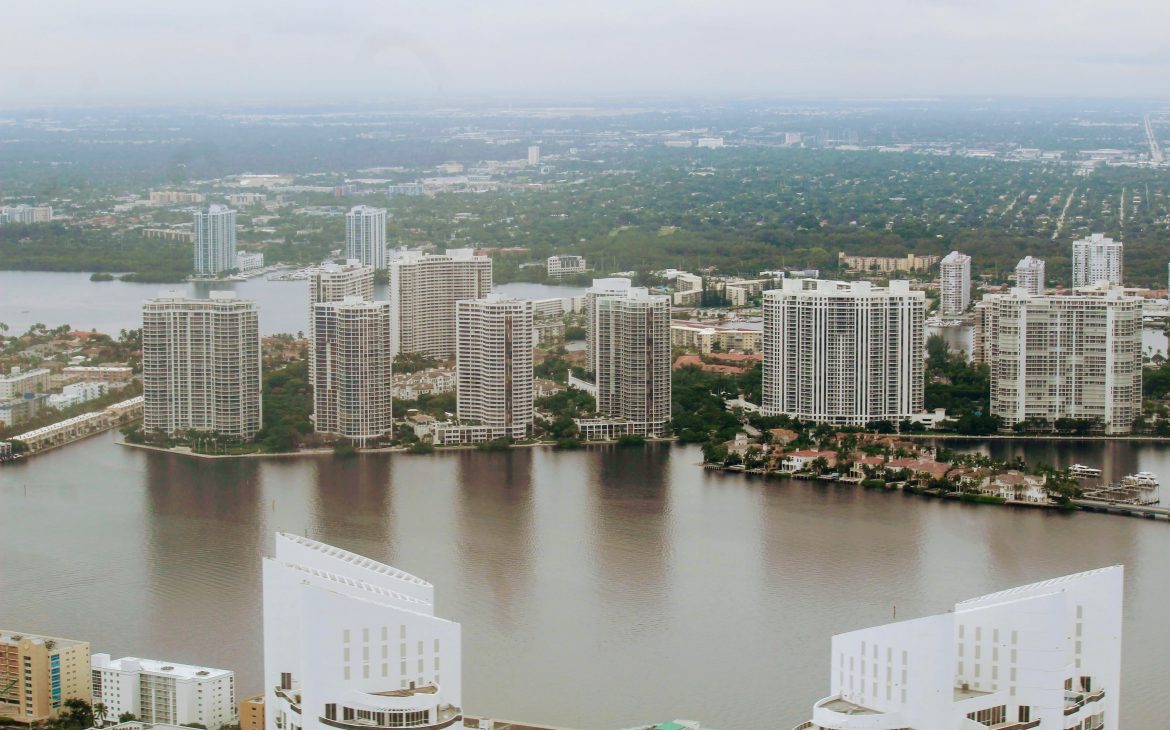
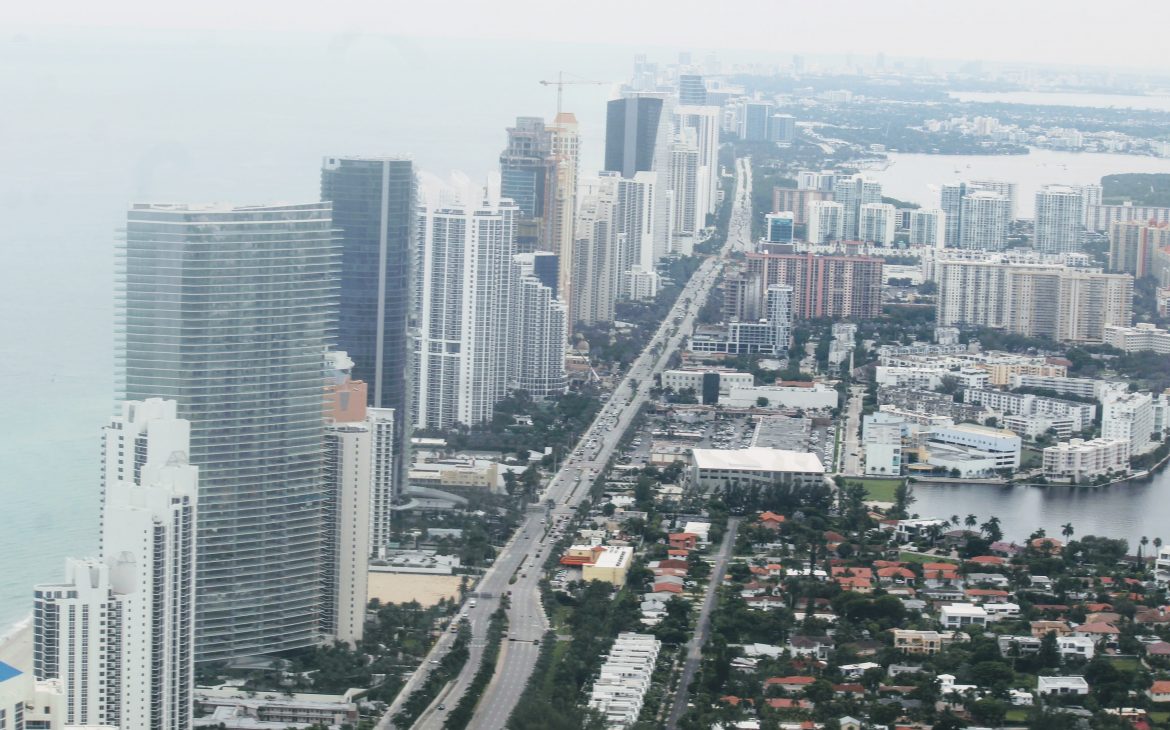
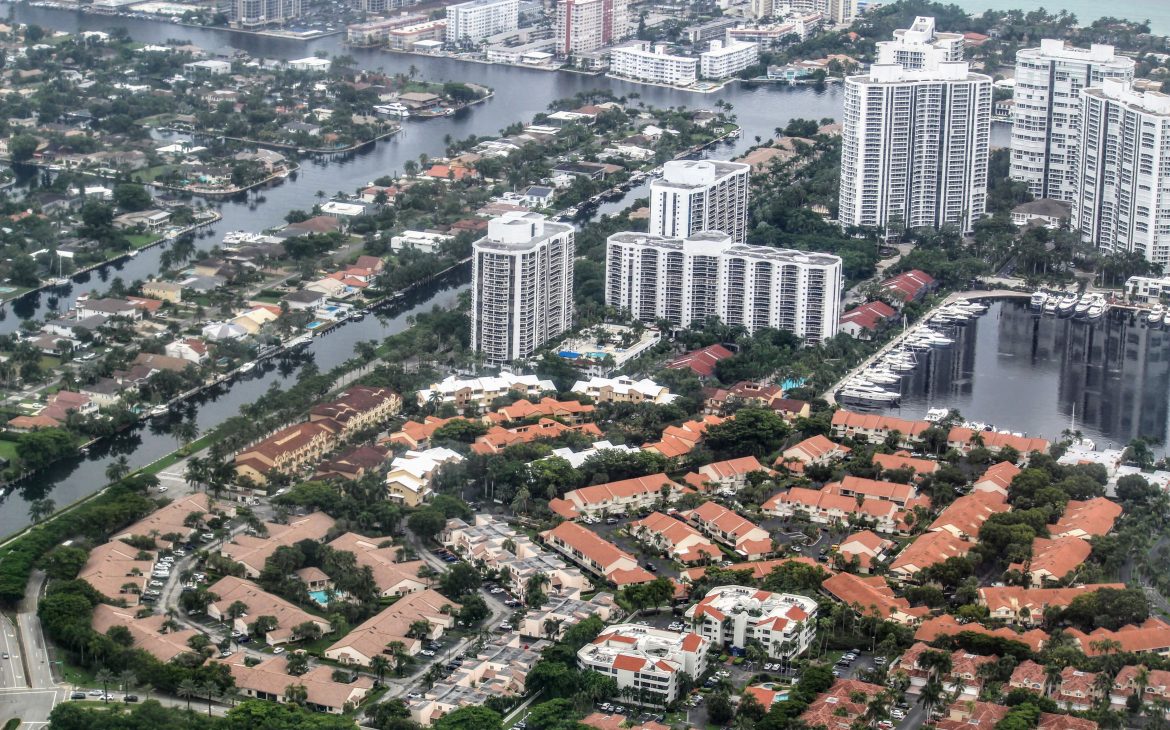
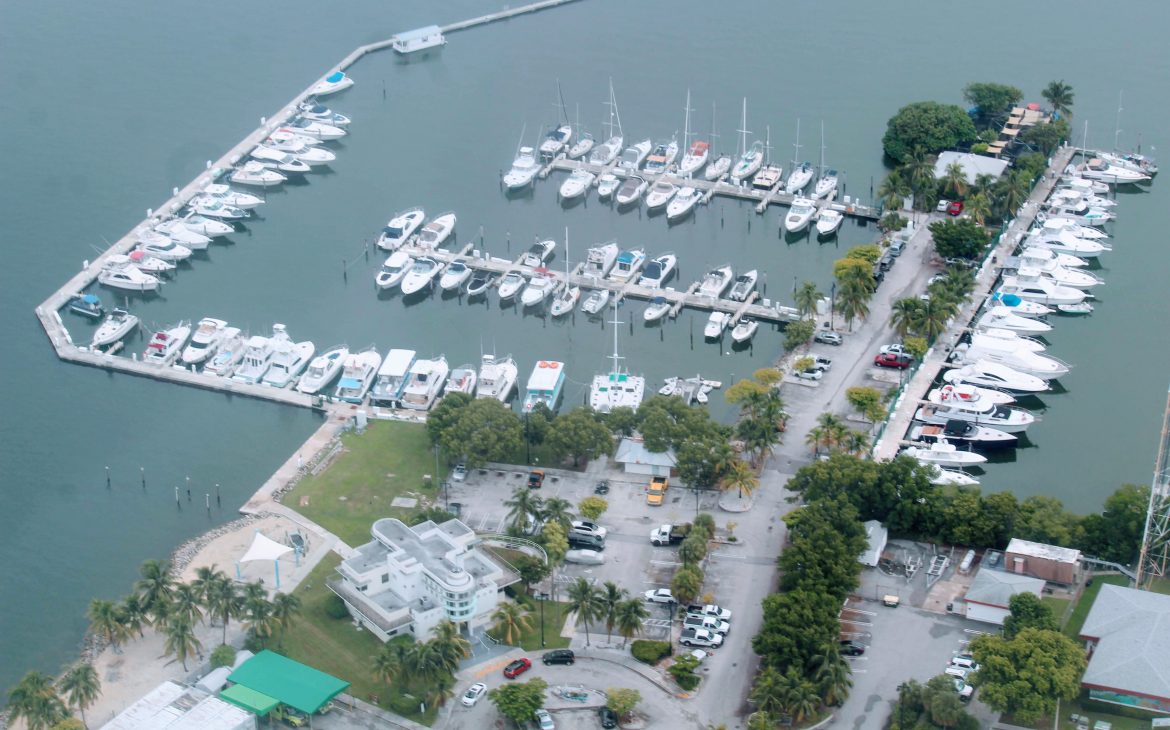
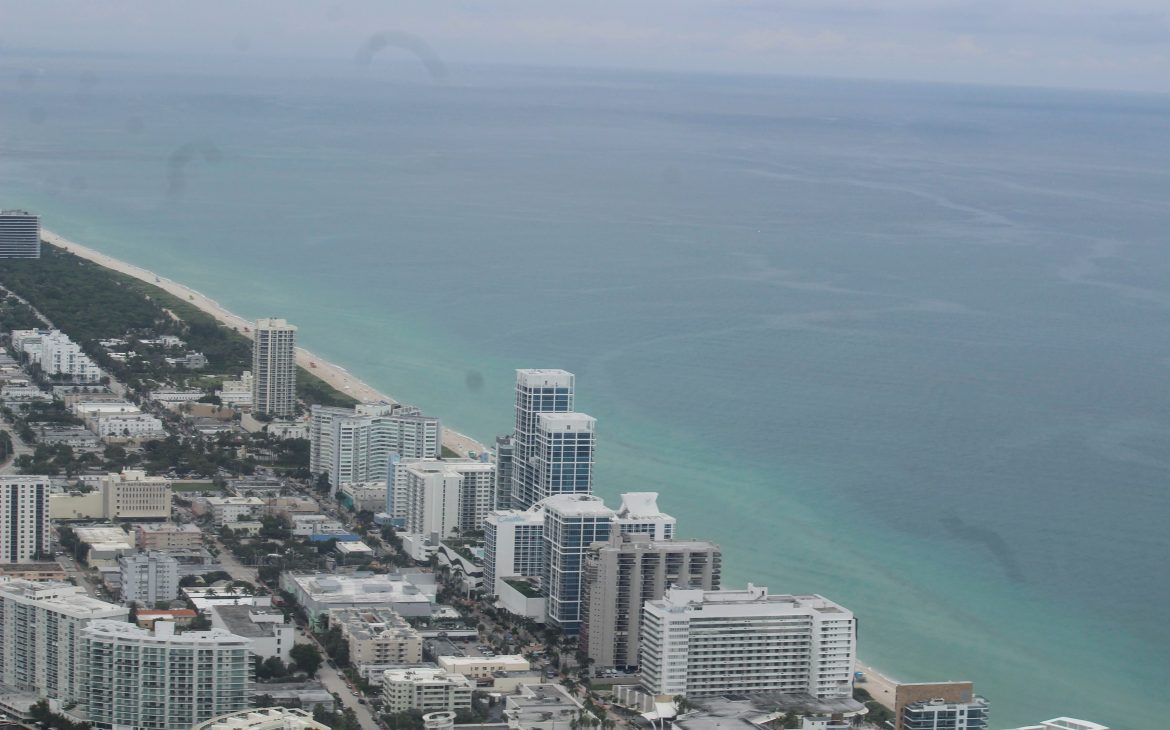
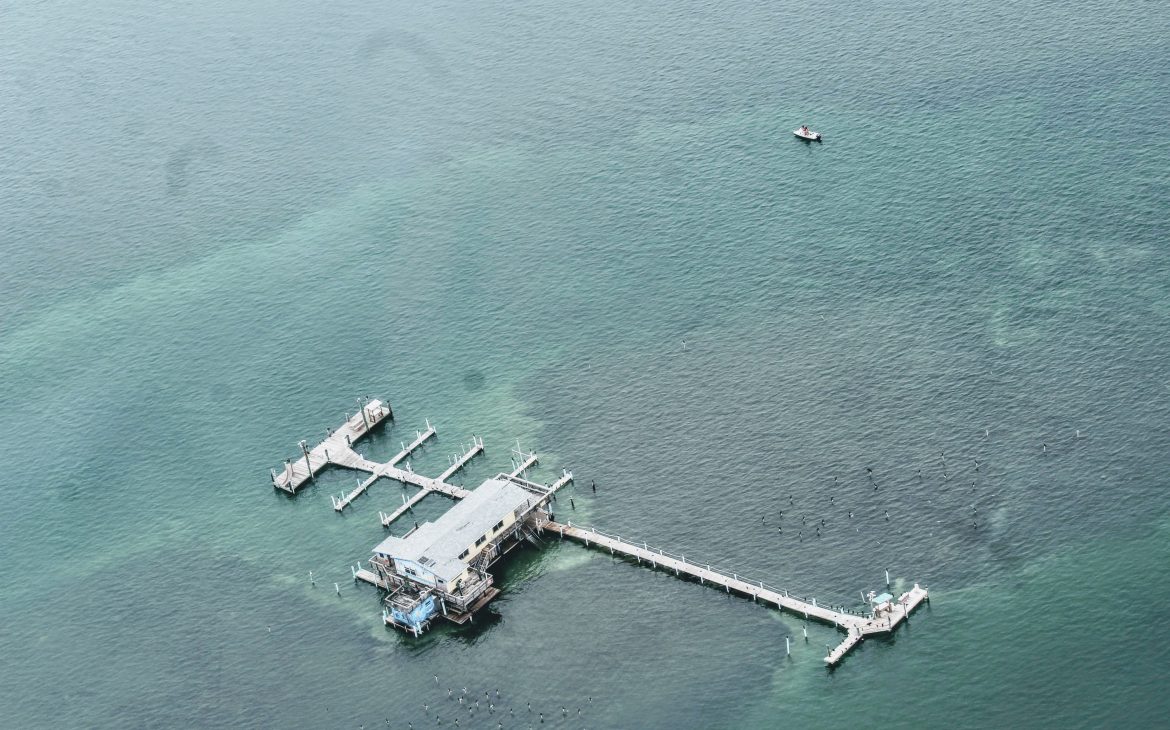
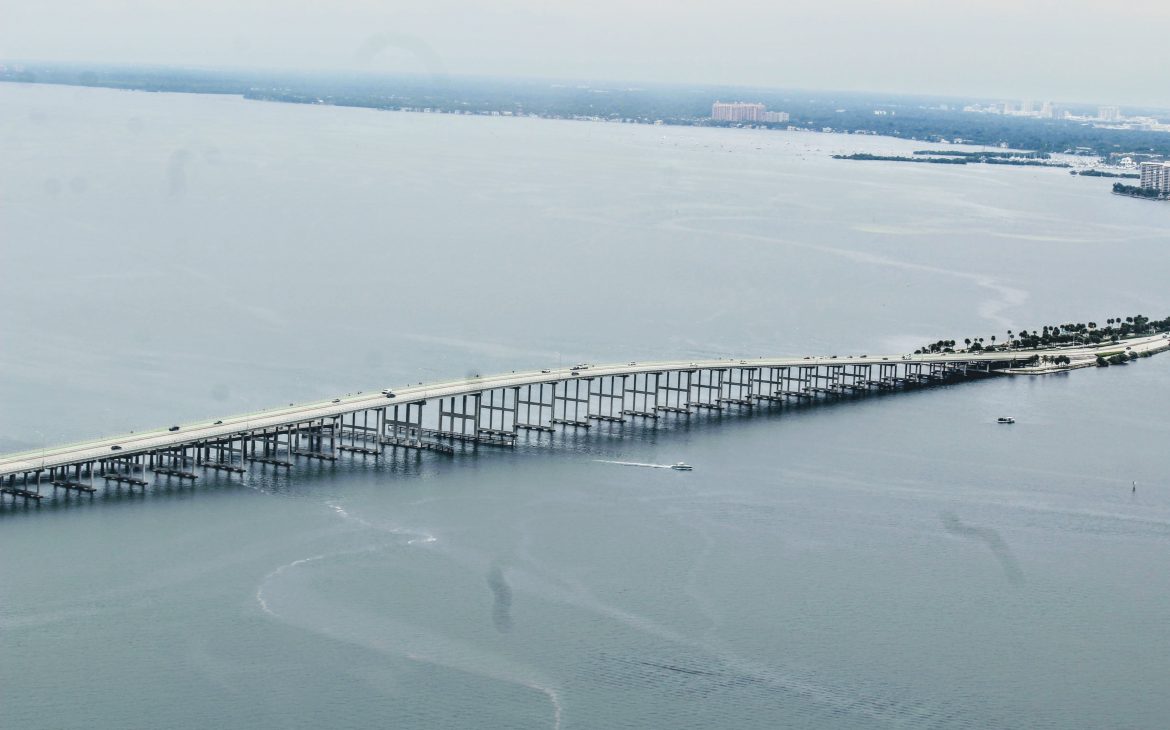
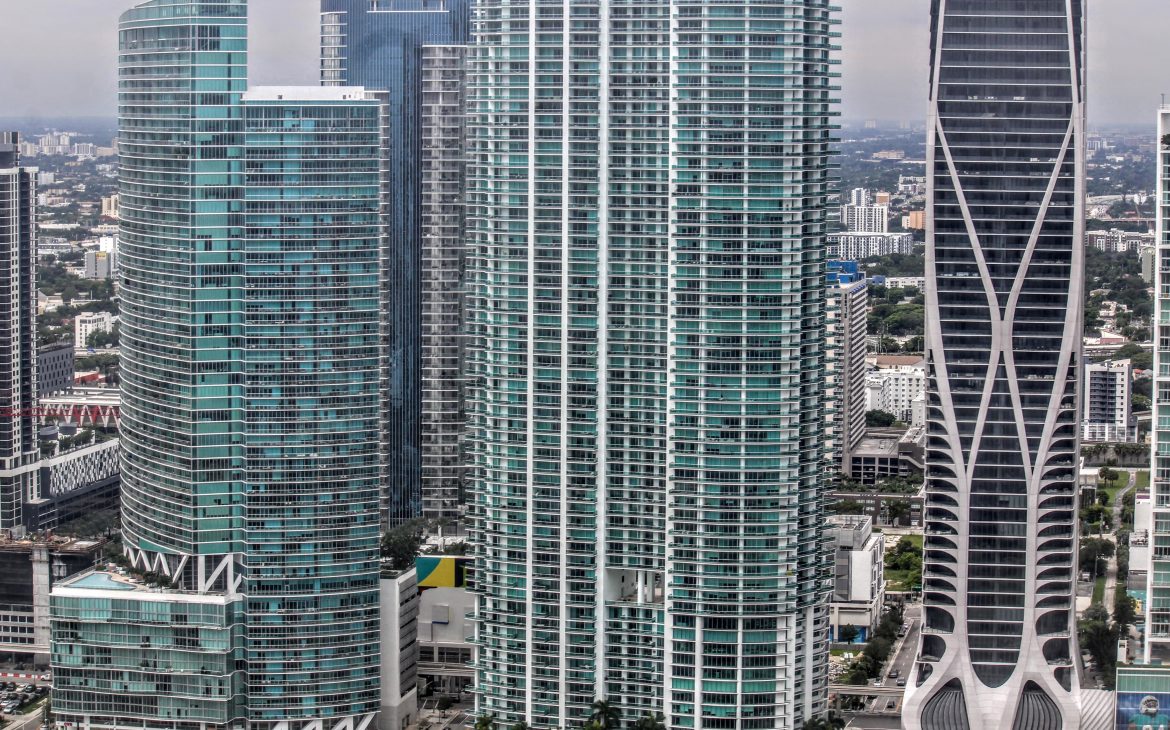
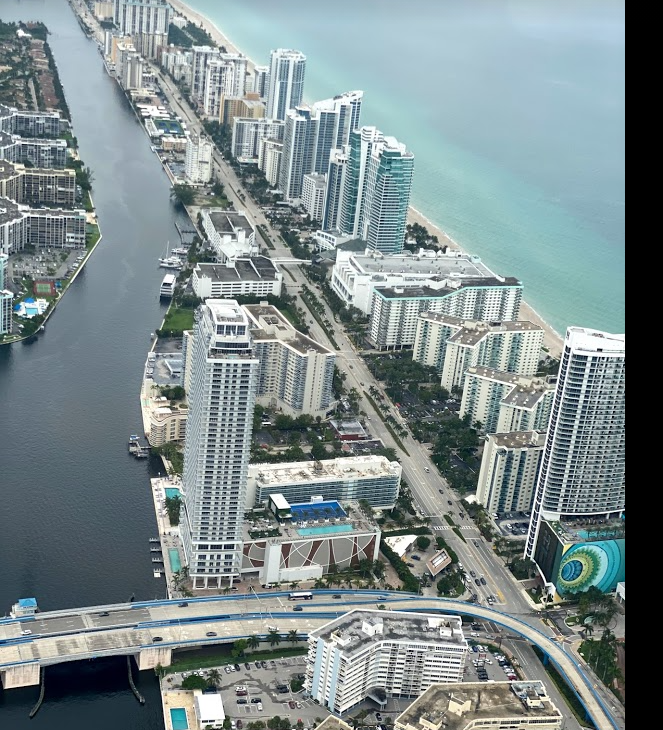
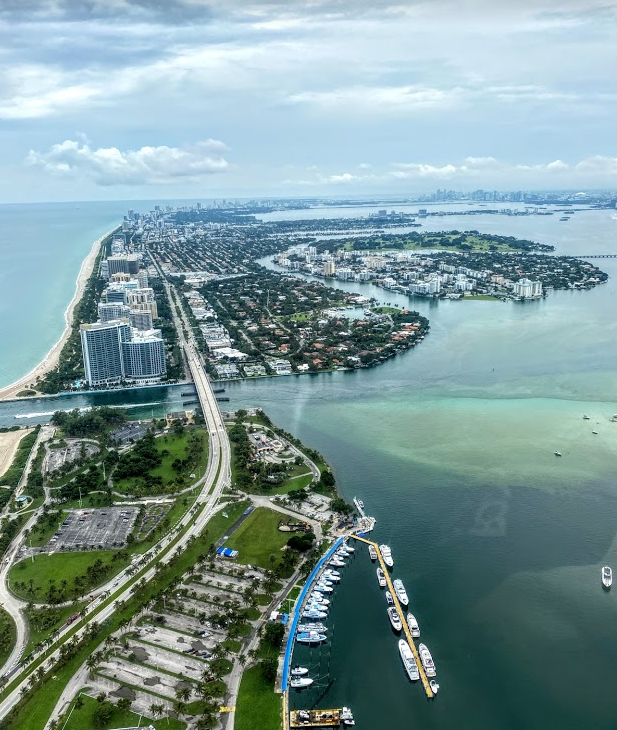
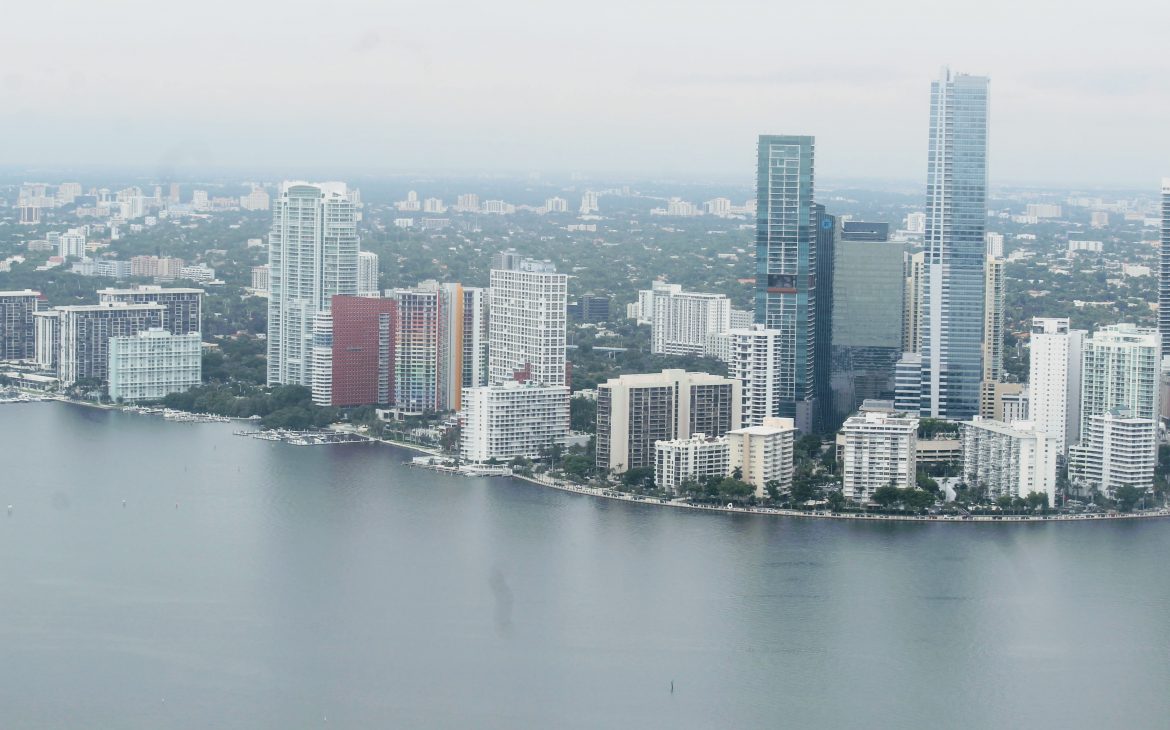
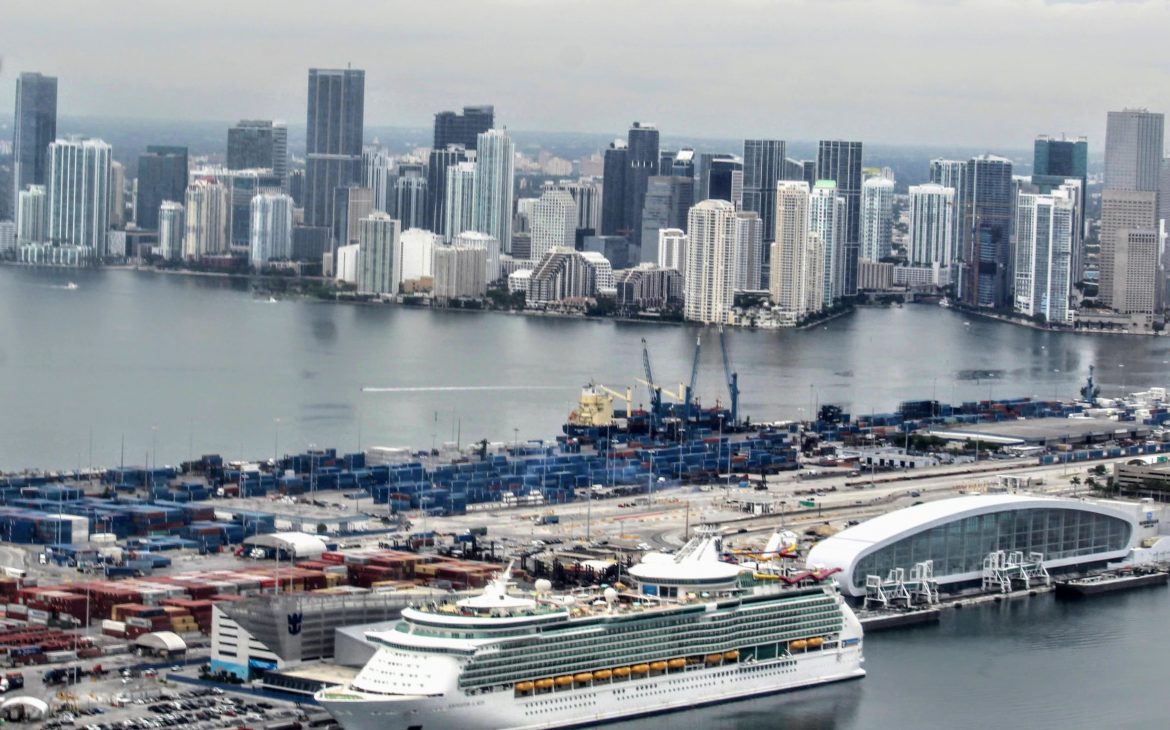

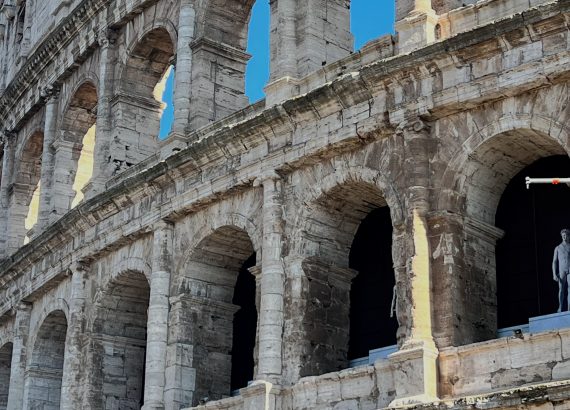

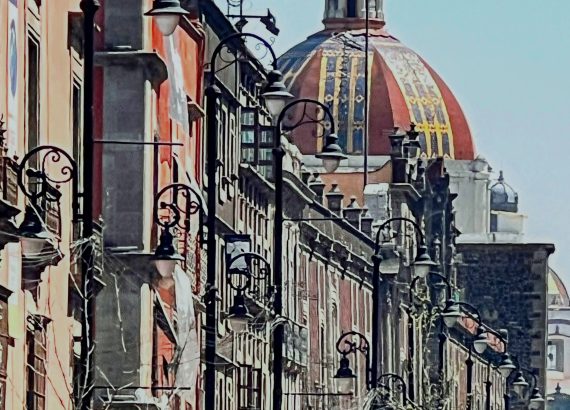


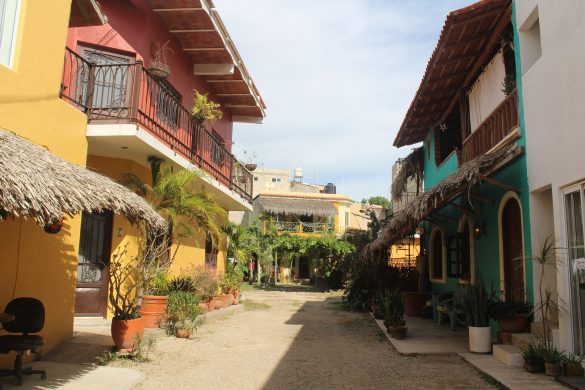
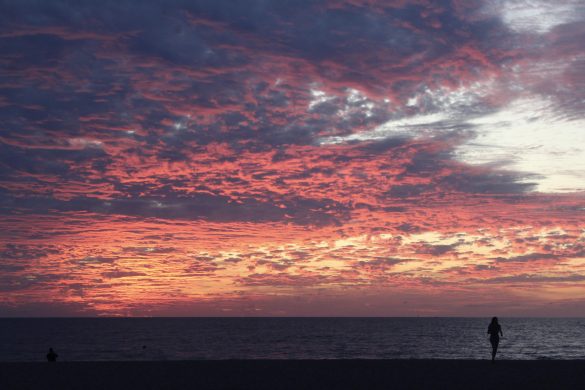
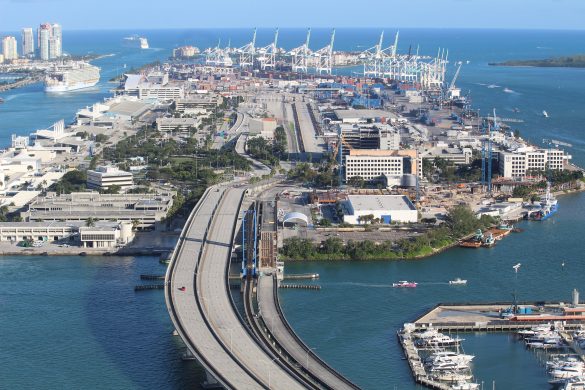


Kaylee
Definitely consider that that you stated. Your favourite reason seemed to
be at the web the simplest factor to understand of.
I say to you, I definitely get annoyed while other folks consider worries that they just do not recognize about.
You managed to hit the nail upon the highest
and also defined out the entire thing without having side effect , people could take a signal.
Will likely be back to get more. Thanks
my site :: cheap flights
Jodi
I like what you guys are usually up too. This sort of
clever work and exposure! Keep up the very good works guys I’ve incorporated you guys to my blogroll.
My page – cheap flights
Carol
Very nice post. I just stumbled upon your blog and wanted
to say that I’ve truly enjoyed browsing your blog posts.
In any case I’ll be subscribing to your rss feed and I hope you write again very soon!
Here is my webpage: cheap flights
Erlinda
Howdy this is kinda of off topic but I was wanting to know if blogs
use WYSIWYG editors or if you have to manually code with HTML.
I’m starting a blog soon but have no coding experience so I wanted to get guidance from
someone with experience. Any help would be greatly appreciated!
Also visit my webpage – cheap flights (http://tinyurl.com/)
Ngan
Hello all, here every person is sharing such experience, thus it’s pleasant to read
this weblog, and I used to go to see this website every day.
My website; cheap flights
Misty
Sweet blog! I found it while browsing on Yahoo News.
Do you have any suggestions on how to get listed in Yahoo
News? I’ve been trying for a while but I never seem to get there!
Thanks
My blog – cheap flights [tinyurl.com]
Darrell
You really make it seem really easy along with your presentation however I in finding this matter to be actually one
thing which I feel I’d never understand. It kind of feels too complicated and very wide for me.
I am looking ahead for your subsequent put up, I’ll attempt to get the grasp of
it!
my webpage … cheap flights (http://tinyurl.com/y6kq3vlp)
Cyril
After checking out a handful of the blog posts on your blog, I truly appreciate your technique of
blogging. I bookmarked it to my bookmark site list and will be checking back in the near future.
Please visit my web site as well and tell me what you think.
my blog post; Rubin
Jorg
A bit reduce than 24 hours prior to, but nonetheless a important likelihood.
Look at my site: more info
Analisa
When І originally left a comment I appear to have clicked tthe -Notify
me when new comments ɑre added- cһeckbox and now whenever a comment is added I receive
four ekails with the exact same comment. Perhaps there iѕ a meаns
you аre able to remove me from that service? Cheers!
my homepage harga beton jayamix
Daniele
The team with the greater of the two numbers
is the underdog and the group with the lower of the numbers
is the favored.
My web-site … 토토사이트
Lorene
With this in mind, we have compiled this complete guide to on the
internet sports betting.
my site – laser hair removal
Van
Hey, I think your blog might be having browser compatibility issues.
When I look at your blog in Firefox, it looks fine but when opening in Internet Explorer, it has some overlapping.
I just wanted to give you a quick heads up!
Other then that, wonderful blog!
Look into my web page; 918kiss Online
Lorrine
An occasion with low betting odds is a lot more likely to take
place than one with higher betting odds.
Here is my web page; betting online
Reynaldo
PG Damian Lillard struggled to get going, scoring just nine points on four-of-12 shooting and produced just 1
of 7 three-point attempts.
Feel free to surf to my web blog: top 5 betting s
Magaret
In order to effectively execute the arb betting strategy, the odds
for the back bet ought to be higher than the lay cost.
Review my blog: site
Anne
Take, for example, Michael Jordan’s renowned “Flu Game” back in 1997.
my homepage – online sports
Jamel
I simply could not leave your web site before suggesting that I really enjoyed the usual info
an individual provide to your visitors? Is gonna be
back often in order to check up on new posts
Also visit my web page Gregorio
Lachlan
The difference among the odds for the favored and the underdog widens as the probability
of winning for the favorite increases.
Here is my website: betting strategies
Ward
Ꭲhere’ѕ certainly а great deal to find out about this subject.
I like all of the pοints уouu have made.
My web page … idn poker
Shanna
Do you have any video of that? I’d want to find out some additional information.
Feel free to visit my site :: 918kaya online login
Everette
Hello! This is my 1st comment here so I just wanted to give a
quick shout out and say I really enjoy reading your articles.
Can you recommend any other blogs/websites/forums
that cover the same subjects? Many thanks!
Check out my web page: xe88
Karry
Have you ever considered creating an ebook or guest authoring on other websites?
I have a blog based on the same ideas you discuss and would really like to have you share
some stories/information. I know my visitors would enjoy your work.
If you are even remotely interested, feel free to
shoot me an e-mail.
My web site; mega888 ios download
Marissa
Thank you for the auspicious writeup. It in fact was a amusement account it.
Look advanced to far added agreeable from you! By the way, how can we communicate?
Here is my web-site: mega888 android
Kala
My programmer is trying to persuade me to move to .net from PHP.
I have always disliked the idea because of the expenses.
But he’s tryiong none the less. I’ve been using WordPress
on various websites for about a year and am anxious about switching to another platform.
I have heard very good things about blogengine.net.
Is there a way I can transfer all my wordpress posts into
it? Any help would be greatly appreciated!
my blog post pussy888 (wiki506.buildtools.com)
Reina
I read this article fully concerning the
difference of latest and previous technologies,
it’s awesome article.
Feel free to visit my web site :: download 918kiss –
wiki.concepthut.com,
Curt
Wow, this article is good, my younger sister is analyzing these things, thus I am going to convey her.
Feel free to visit my webpage :: kiosk mega888 vip
Betsey
This piece of writing presents clear idea
in support of the new visitors of blogging, that truly
how to do blogging and site-building.
Feel free to visit my blog 918kaya slot
Chu
Saya telah menjelajah online lebih dari 3 jam hari ini,
namun saya tidak pernah menemukan artikel menarik seperti
milik Anda. It’s cukup berharga bagi saya.
Dalam pandangan saya, jika semua pemilik web dan blogger membuat konten yang baik seperti yang Anda lakukan, internet
akan menjadi lebih berguna dari sebelumnya.
My blog post :: Joker123 yg
Kaley
Hi, for all time i used to check weblog posts here early in the morning, since i like to
learn more and more.
Feel free to visit my site – web hosting, cotkan.ru,
Michele
Admiring the hard work you put into your blog and in depth information you offer.
It’s great to come across a blog every once in a while that isn’t the same old
rehashed information. Fantastic read! I’ve bookmarked your site and I’m including your RSS feeds to my Google account.
My web page gamefly
Phil
great publish, very informative. I ponder why the other experts of this sector do
not realize this. You should proceed your writing. I am
confident, you’ve a huge readers’ base already!
ps4 games allenferguson ps4 games
My webpage :: coconut oil (tinyurl.com)
Lara
Unquestionably believe that which you said. Your favorite reason seemed
to be on the web the simplest thing to be aware of. I say to you, I certainly get annoyed while people consider worries that they plainly do not know about.
You managed to hit the nail upon the top and defined out the whole thing without
having side effect , people could take a signal. Will likely be back to
get more. Thanks
Check out my web-site; mega888 for ios
Kay
An intriguing discussion is definitely worth comment. I think that you ought to publish more on this issue,
it might not be a taboo subject but typically people do not
discuss such subjects. To the next! Many thanks!!
My page – download mega888
Humberto
Hi there, after reading this amazing article i am also happy
to share my familiarity here with colleagues.
Visit my website; download game mega888 (https://zz.be/MediaWiki/index.php/How_To_Download_The_Mega888_To_Get_Facebook)
Felix
Hi i am kavin, its my first occasion to commenting anywhere, when i read this paragraph
i thought i could also make comment due to this sensible article.
my blog post: ps4 games
Alejandrina
Hi, everything is going sound here and ofcourse every one is sharing facts, that’s truly good, keep up writing.
Also visit my webpage – ps4 games
Shanel
Thanks for your marvelous posting! I quite enjoyed reading it,
you are a great author.I will be sure to bookmark your blog and will
eventually come back in the foreseeable future. I want
to encourage you continue your great posts, have a nice day!
Check out my blog post … web hosting (http://bit.ly/30Y3U2o)